High-Alert Medication Safety Checker
High-Alert Medication Verification Tool
Verify critical safety parameters for high-alert medications. Based on ISMP guidelines and the article's best practices.
Safety Verification Result
85%Recommendations:
Every year, over 1.3 million people in the U.S. are injured because of medication errors. Around 7,000 of those cases end in death. These aren’t random accidents. They’re system failures - and they happen because the right safety practices aren’t in place, or they’re ignored under pressure. For healthcare providers, medication safety isn’t just a checklist item. It’s the difference between healing and harming.
What Medication Safety Really Means
Medication safety isn’t about never making a mistake. It’s about building systems so mistakes don’t reach the patient. The World Health Organization defines it as ensuring patients get the right drug, at the right dose, at the right time, through the right route - and that they’re monitored for harm. Simple? Yes. Easy? Not even close.The biggest problem? We’ve relied too long on human memory and handwritten notes. A 2022 study found that 48% fewer errors happen when prescriptions are electronic instead of handwritten. But even electronic systems aren’t foolproof. A doctor at Brigham and Women’s Hospital found that 34% of digital errors came from default settings in EHRs - like a wrong dose pre-filled in a dropdown menu. That’s not the clinician’s fault. That’s a design flaw.
The Five Rights - And Why They Keep Failing
Every nurse and pharmacist learns the Five Rights early: right patient, right drug, right dose, right route, right time. But in real life, these get broken constantly.- Right patient: Two patients with similar names, one in Room 304, one in 306. One gets insulin. The other gets morphine. Without barcode scanning, this happens more often than you think.
- Right dose: Methotrexate is a classic example. It’s given weekly for autoimmune conditions. But if a clinician accidentally orders it daily - which happens - it’s fatal. ISMP now requires a hard stop in EHRs: no daily order without confirming it’s for oncology.
- Right route: An IV drug given orally. A subcutaneous injection given intravenously. Both have killed patients. One reason? Poor labeling. Another? Rushed transitions between units.
Barcode-assisted medication administration (BCMA) cuts administration errors by 41.1%. But here’s the catch: nurses bypass it during emergencies. One nurse on Reddit said she overrides 80% of alerts because most are noise. That’s alert fatigue - and it’s a silent killer.
Technology Isn’t the Answer - But It’s Part of It
You can’t fix human error by blaming humans. You fix it by designing around human limits.High-performing hospitals use:
- Electronic prescribing (e-prescribing): Reduces errors by 48% compared to paper. But community pharmacies still see 2.3% error rates when systems don’t talk to each other.
- Clinical decision support (CDS): Alerts for drug interactions, allergies, renal dosing. Sounds great - until you get 25 alerts for one patient. A 2020 study found clinicians override 49-96% of alerts. Why? Too many false positives.
- Integration: Your EHR must talk to the pharmacy system, lab results, and the patient’s medication history. If it doesn’t, you’re flying blind.
The Veterans Health Administration cut serious medication errors by 55% across 127 facilities using CPOE with smart alerts. But that took years, training, and constant tuning. It wasn’t just software. It was culture.
Training That Actually Works
Most hospitals give new staff a 2-hour orientation on medication safety. Then they’re thrown into the ER. That’s not training. That’s gambling.The Agency for Healthcare Research and Quality (AHRQ) recommends 16-24 hours of initial training - with simulations. Not lectures. Simulations. Picture this:
- You’re given a patient with kidney failure.
- You’re about to order a standard dose of vancomycin.
- The system warns you: "This dose is unsafe for CrCl 28 mL/min."
- You adjust it.
- You get feedback: "Correct. This prevented acute kidney injury."
That’s how you learn. Not by reading a policy manual. By doing - and failing - safely.
Annual refresher training should be 8 hours - and it should include:
- Real case reviews from your own facility
- Role-playing medication reconciliation with pharmacists
- Practice using BCMA under time pressure
One hospital in Johns Hopkins embedded pharmacists in the ICU. Within a year, medication errors dropped by 81%. Why? Because someone was there - watching, questioning, double-checking - in real time.
The Culture Problem
The biggest barrier to medication safety isn’t technology. It’s fear.Doctors and nurses don’t report errors because they’re scared of getting in trouble. That’s why nonpunitive reporting is critical. Dr. Tejal Gandhi from the National Patient Safety Foundation says: "If you punish people for mistakes, you bury them. If you learn from them, you save lives."
Top-performing hospitals use the AHRQ Hospital Survey on Patient Safety Culture. The best ones score above the 75th percentile in "organizational learning" and "teamwork across units." That means:
- When a nurse spots a wrong dose, she speaks up - and isn’t shut down.
- When a pharmacist catches a typo, the prescriber thanks them.
- Errors are discussed in team huddles - not in HR meetings.
One study found 42% of nurses resisted BCMA at first - because it "slowed them down." But after six months of support, compliance hit 95%. The key? Leadership didn’t just mandate it. They listened to concerns, fixed workflow issues, and celebrated small wins.
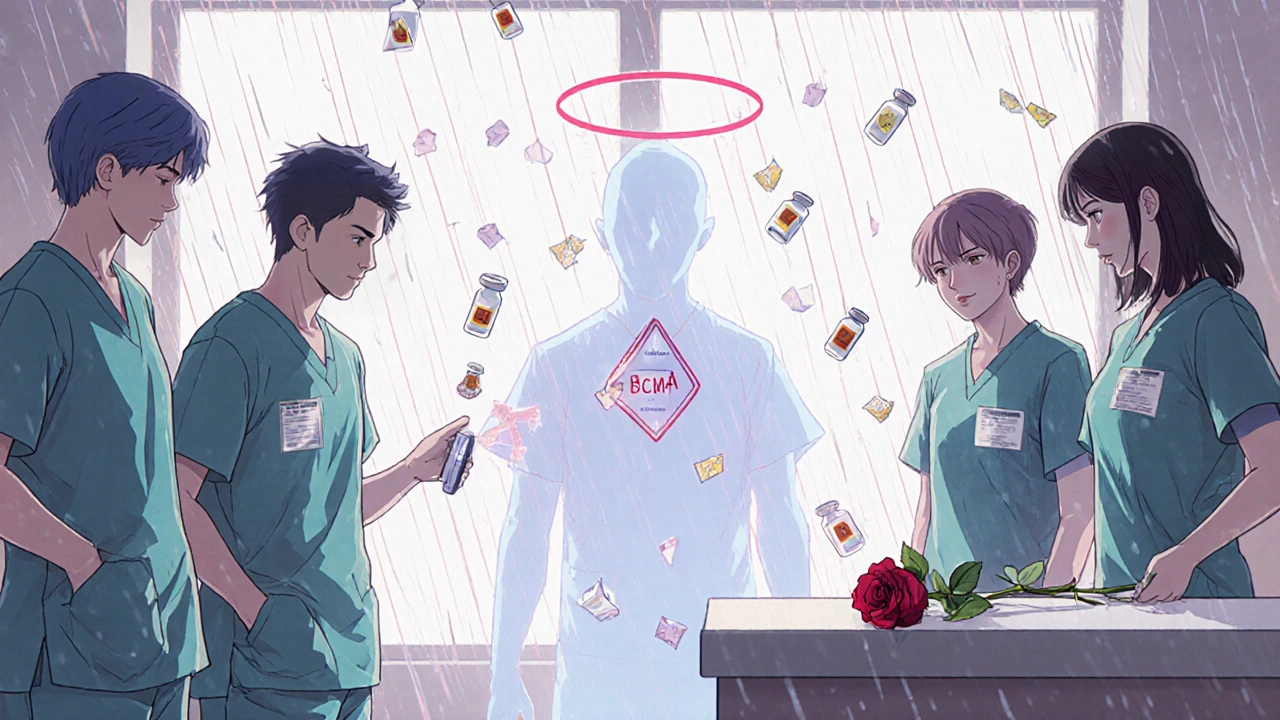
What’s Changing in 2025
Medication safety isn’t standing still. Here’s what’s new:- AI-powered error prediction: A 2023 study in Nature Medicine showed AI can spot 89% of potential prescribing errors before they’re sent - compared to 67% for traditional alerts. These systems learn from past errors and flag patterns: "This doctor prescribes high-dose opioids after joint surgery - 82% of those patients had prior opioid use. Risk level: high."
- Telehealth safety: ISMP just added new guidelines for remote prescribing. No more faxed scripts from urgent care to home pharmacies without verification. All telehealth meds now require electronic confirmation of patient identity and consent.
- High-alert meds focus: Oxytocin, insulin, heparin, and opioids are getting stricter controls. In Australia, new hospital standards now require dual verification for all IV oxytocin infusions - no exceptions.
- Regulatory pressure: Medicare penalizes hospitals with high medication error rates. A 1% payment cut sounds small - until you’re talking about millions in revenue.
But there’s a dark side. The FDA logged 214 adverse events from EHR usability issues in 2022 - up 37% from 2021. Clicking the wrong button, missing a pop-up, auto-filling a wrong dose - these are now leading causes of harm. Technology is powerful, but it’s not magic.
What You Can Do Today
You don’t need a $1 million system to start improving safety. Here’s how to begin:- Check your EHR alerts. Are they useful or just annoying? Talk to your team. Turn off the ones that never matter.
- Do a 5-minute med check before every shift. Review the top 3 high-alert meds on your unit. Know their risks. Know your backup.
- Speak up - once. If you see a wrong dose, say it. Don’t wait for someone else to notice. One voice can stop a tragedy.
- Push for simulation training. Ask your manager: "Can we run a mock code with a medication error scenario?" It takes 30 minutes. The impact lasts years.
- Use trusted drug apps. Lexicomp and Epocrates are used by over 70% of U.S. clinicians. Keep them on your phone. Don’t rely on memory.
Medication safety isn’t about perfection. It’s about persistence. It’s about building habits, not just policies. It’s about treating every drug order like it’s someone’s parent, sibling, or child - because it is.
What’s the most common cause of medication errors in hospitals?
The most common cause isn’t a single mistake - it’s a chain of small failures. A misread handwriting, a mislabeled vial, a distracted nurse, an unverified allergy, and an alert that was overridden. Studies show 80% of serious errors involve multiple system breakdowns, not one person’s error. That’s why solutions must be system-wide, not blame-focused.
How effective is barcode scanning (BCMA) in preventing errors?
BCMA reduces medication administration errors by 41.1%, according to the Institute for Healthcare Improvement. It ensures the right patient gets the right drug, dose, route, and time - every time. But its effectiveness drops if staff bypass it. Compliance needs to be 100%, and that requires strong leadership, good design, and ongoing feedback - not just rules.
What are high-alert medications, and why do they need special attention?
High-alert medications have a higher risk of causing serious harm if used incorrectly. Examples include insulin, heparin, IV potassium, and intravenous oxytocin. A small dosing error can lead to cardiac arrest, respiratory failure, or death. That’s why they require extra safeguards: dual verification, hard stops in EHRs, dedicated storage, and specialized training. The ISMP lists these meds every two years - and hospitals must follow their guidelines.
Why do clinicians override so many EHR alerts?
Clinicians override alerts because too many are irrelevant. A 2020 study found that over 90% of drug interaction alerts in some hospitals were for medications the patient wasn’t even taking. This is called alert fatigue. When you’re bombarded with 20 warnings per patient, your brain stops listening. The fix? Tune alerts to be smarter - based on patient history, allergies, lab values - and eliminate the noise. Quality matters more than quantity.
Can AI really prevent medication errors before they happen?
Yes - and it’s already happening. A 2023 study in Nature Medicine showed AI models could predict 89% of potential prescribing errors before they reached the pharmacy, compared to 67% for standard systems. AI looks at patterns: patient age, kidney function, previous prescriptions, drug interactions, even time of day. But it’s not a replacement for clinicians. It’s a second pair of eyes - and it only works if it’s well-trained and integrated into workflow.
What’s the biggest mistake hospitals make in medication safety training?
The biggest mistake is treating it like a one-time lecture. Training that doesn’t include simulation, real case reviews, and repeated practice doesn’t stick. Nurses and doctors need to practice catching errors in a safe environment - not just hear about them. Hospitals that use mock codes, role-playing, and feedback loops see lasting change. Those that rely on PDF handouts? They’re just ticking a box.
How do I know if my hospital’s medication safety program is working?
Look at the numbers. If your facility has reduced medication errors from 5.9 per 100 orders to under 1.5 per 100, you’re on the right track. Also check staff surveys: Are people reporting errors without fear? Is teamwork across units strong? Are pharmacists involved in rounds? Real progress isn’t measured by compliance forms - it’s measured by fewer patients getting hurt.
What’s the role of pharmacists in medication safety today?
Pharmacists are no longer just dispensers. They’re frontline safety officers. ASHP guidelines say they have the expertise to lead multidisciplinary efforts to prevent medication problems. In top hospitals, pharmacists are embedded in ICUs, ERs, and oncology units - reviewing every order, catching interactions, educating staff, and following up on discharge meds. Their presence cuts error rates by up to 80% in some units.
Where Do We Go From Here?
Medication safety is getting smarter - but it’s not getting easier. AI, automation, and better systems help. But none of it matters if the culture doesn’t change. The next big leap won’t come from a new app or a fancy scanner. It’ll come from a nurse who feels safe speaking up. A doctor who listens. A team that learns from mistakes instead of hiding them.Start small. Check one thing today. Ask one question. Speak up once. That’s how safety begins.
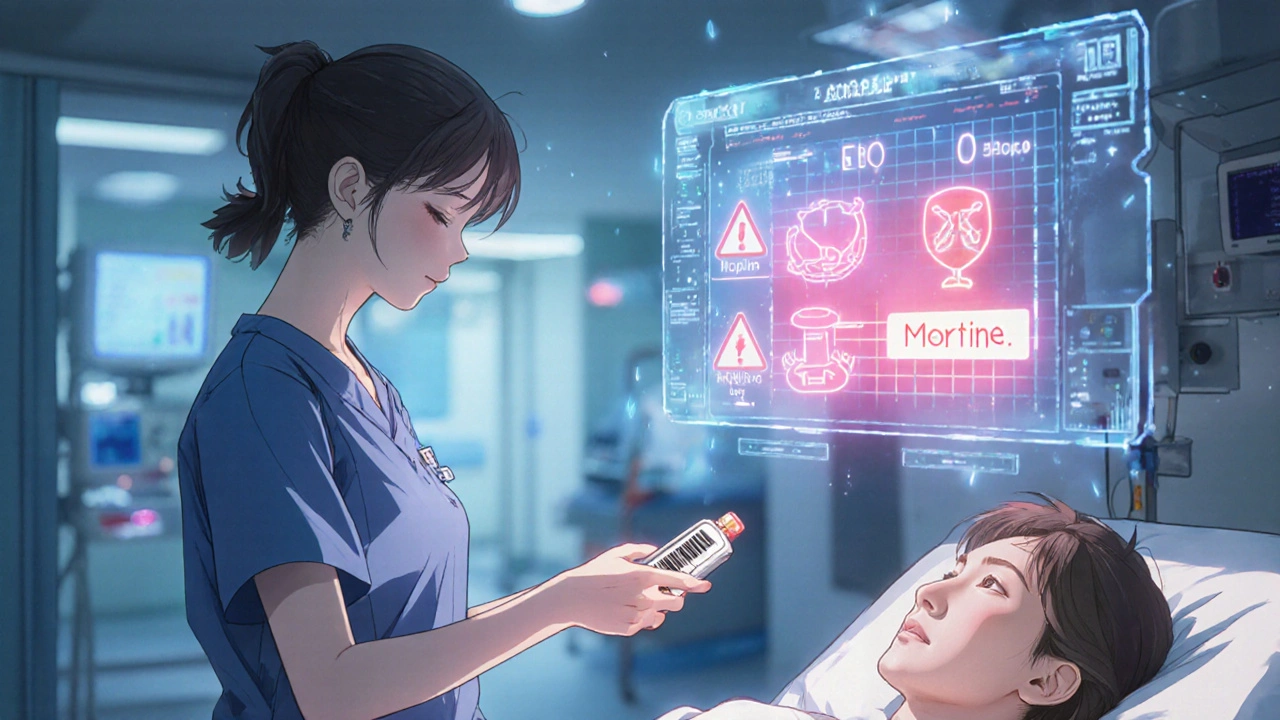
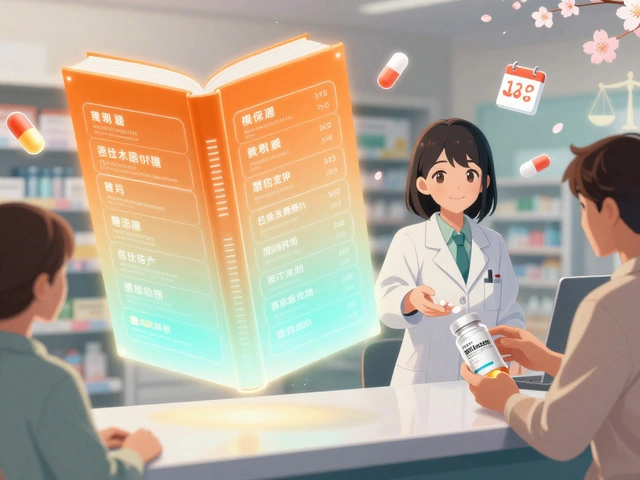

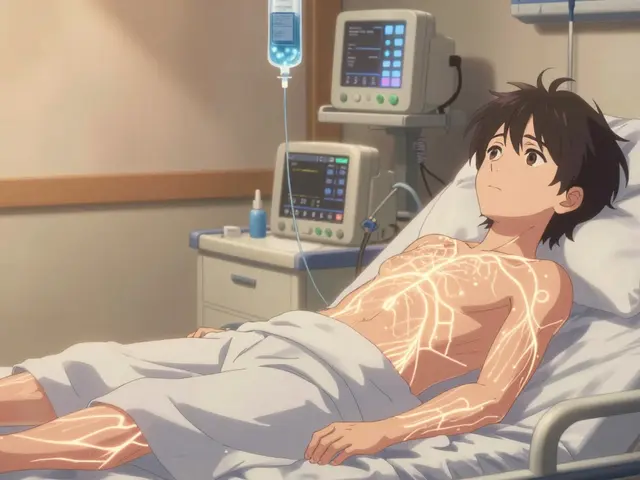
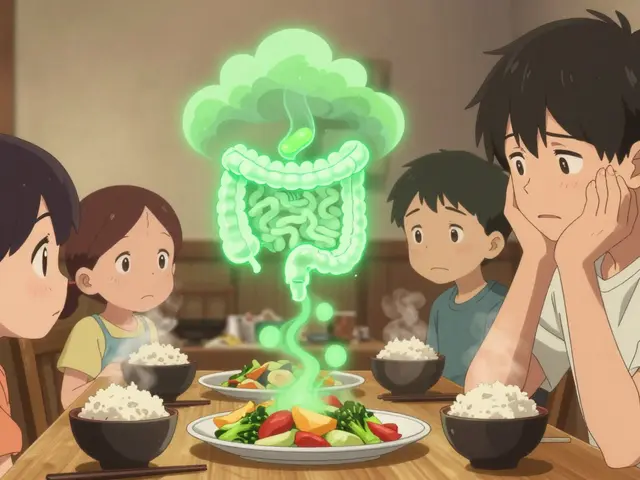
Julie Roe
November 17, 2025 AT 23:53Let me tell you something I saw last week - a nurse almost gave a patient double the insulin dose because the EHR auto-filled the default from last week’s order. She caught it because she paused. Just paused. No alarm, no alert, just a second of human awareness. That’s the real safety net. Not the tech. Not the checklist. The person who takes a breath before clicking. We need to build space for that - not more alerts, not more buttons, but more silence in the chaos.
jalyssa chea
November 18, 2025 AT 10:43Peter Stephen .O
November 19, 2025 AT 19:40Y’all are missing the forest for the trees. It’s not about barcode scanners or AI or even EHRs. It’s about the soul of the system. We turned caregiving into a productivity metric. Nurses are running on fumes, docs are drowning in clicks, and pharmacists are stuck in a game of telephone with 17 different systems. The real fix? Hire less, support more. Give people time to think. Let them talk. Let them be human. The tech will follow the culture - not the other way around. We’re not machines. Stop treating us like we are.
Rob Goldstein
November 20, 2025 AT 13:57From a clinical pharmacist’s POV - the single biggest win I’ve seen is embedding us in ICU rounds. Not just as consultants. As co-leads. When I’m sitting there with the team, catching the 10mg IV push of morphine that should’ve been 2mg, or flagging the double-dosed heparin because the renal dose wasn’t adjusted - that’s where the magic happens. We’re not the cops. We’re the safety net. And when we’re integrated, error rates drop faster than any EHR upgrade ever could. Bottom line: if your pharmacist isn’t at the bedside, you’re flying blind.
Kathy Grant
November 22, 2025 AT 02:40There’s a quiet truth here that no one wants to name: we’re afraid to be wrong. And so we build systems that punish failure instead of inviting learning. But what if the mistake wasn’t the error - but the silence after it? What if the real danger isn’t the wrong dose… but the nurse who saw it and didn’t speak up because last time she did, she got called out in a meeting? We talk about culture like it’s a buzzword. But culture is the echo of every unspoken fear. And until we make space for vulnerability - not just protocols - we’re just polishing the coffin.
Andrew Cairney
November 23, 2025 AT 10:11Gary Lam
November 25, 2025 AT 05:55Man I love how we turn every healthcare problem into a tech fix. Next thing you know we’ll have a VR simulation where you ‘practice’ not giving someone the wrong meds while wearing a headset and holding a controller. Meanwhile, the real problem is that the nurse working 12 straight hours hasn’t had a bathroom break since 7am. We don’t need smarter software. We need more sleep. More staff. More dignity. Not another damn pop-up.
Abdul Mubeen
November 25, 2025 AT 13:25Let’s be honest - the entire system is a facade. The WHO guidelines? Beautiful. The AHRQ training? Theoretical. The reality? A hospital admin cuts the safety budget to fund a new MRI machine, then blames the nurses when someone gets a wrong drug. The ‘culture’ talk is just PR. The real agenda is profit. If medication safety were truly prioritized, we wouldn’t have 7,000 deaths a year. We’d have zero. And we’d be paying nurses enough to not quit.
Jennie Zhu
November 27, 2025 AT 06:07It is imperative to underscore that the implementation of clinical decision support systems must be predicated upon a rigorous validation framework, inclusive of user-centered design principles, cognitive load assessment, and longitudinal outcome tracking. Without alignment with evidence-based human factors engineering standards, the proliferation of alert fatigue constitutes a systemic threat to patient safety that transcends technological limitations and enters the domain of institutional negligence.
Robert Merril
November 27, 2025 AT 10:01Julie Roe
November 27, 2025 AT 18:36Julie Roe here - I just wanted to reply to Peter and Kathy. You both nailed it. We’re not broken because we’re lazy. We’re broken because we’re exhausted. And when you’re exhausted, you don’t need another app. You need someone to say, ‘Hey, I’ve got your back.’ That’s the culture shift. Not the AI. Not the barcode. The human moment. The quiet nod. The ‘I’ll check it’ when someone looks overwhelmed. That’s what saves lives. Not the system. The people.